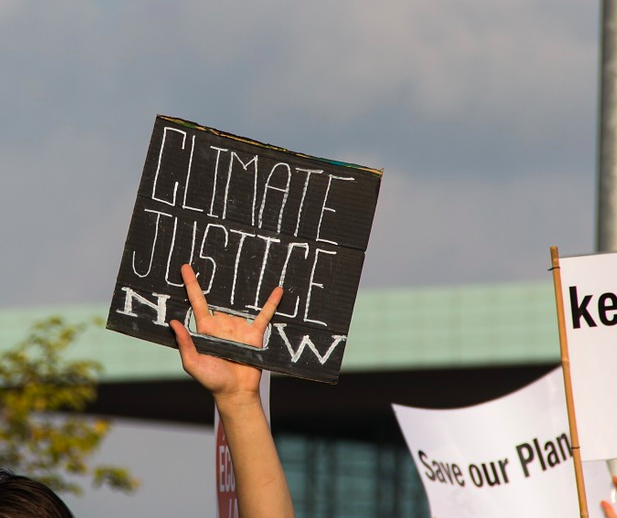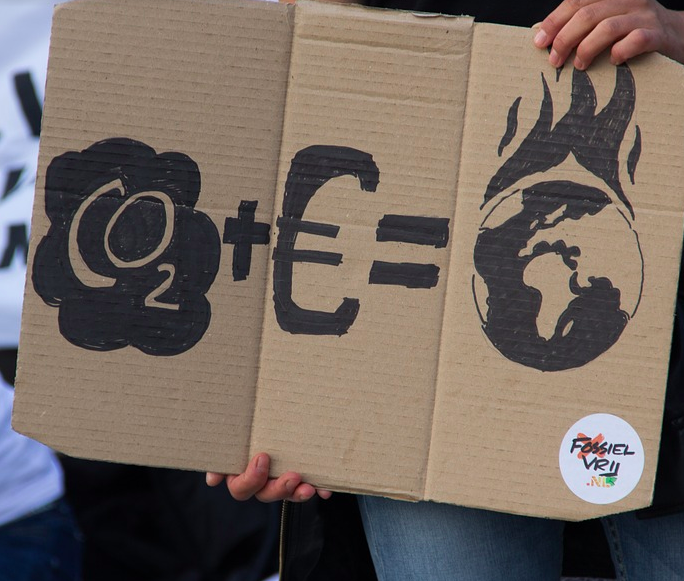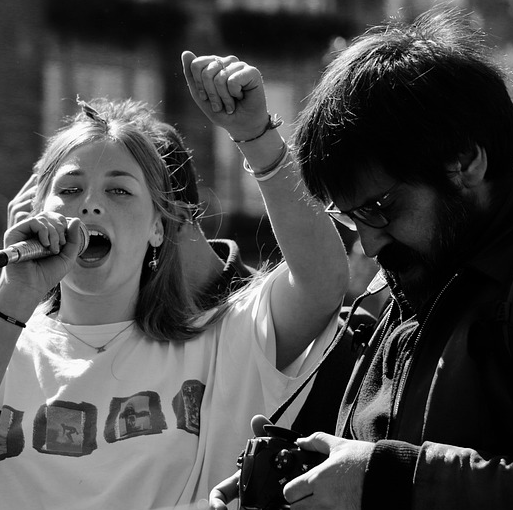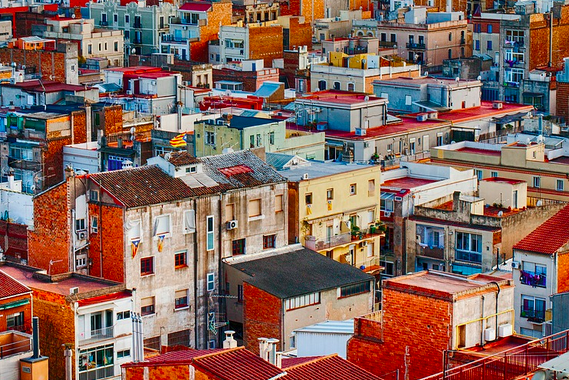Environmental justice
"We can have environmental justice and positive economic development that generates jobs for communities, but at the same time fosters a cleaner environment. They are not mutually exclusive."
- Damu Smith
- Damu Smith
*This tab focuses on environmental justice and how it goes hand-in-hand with environmental degradation. Environmental justice continues to be a topic of increasing importance within the world of climate change and environmental action.




